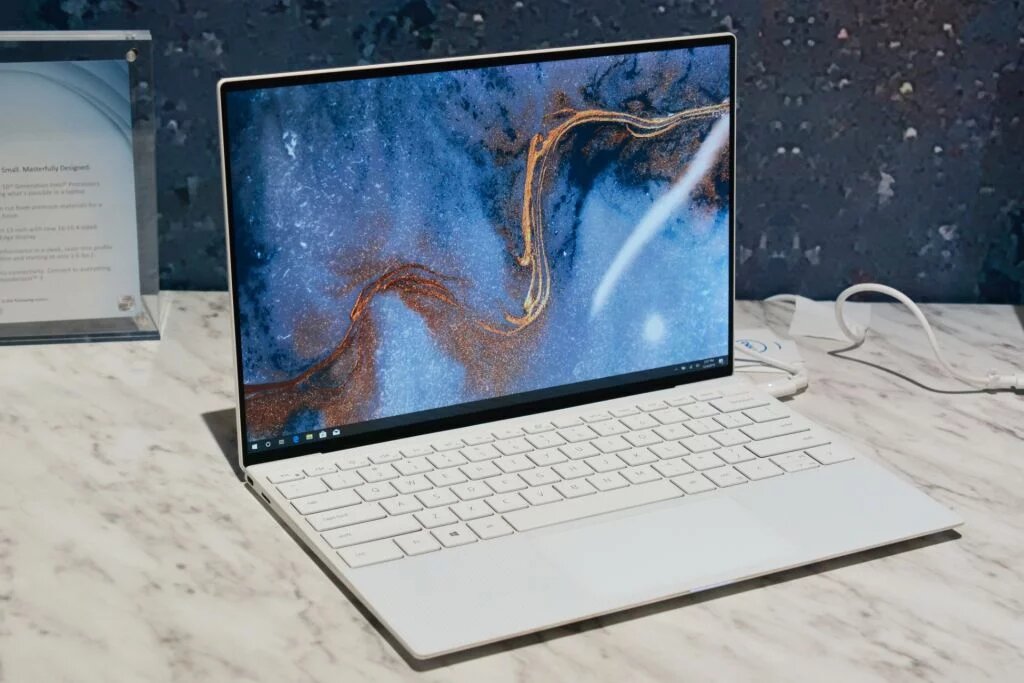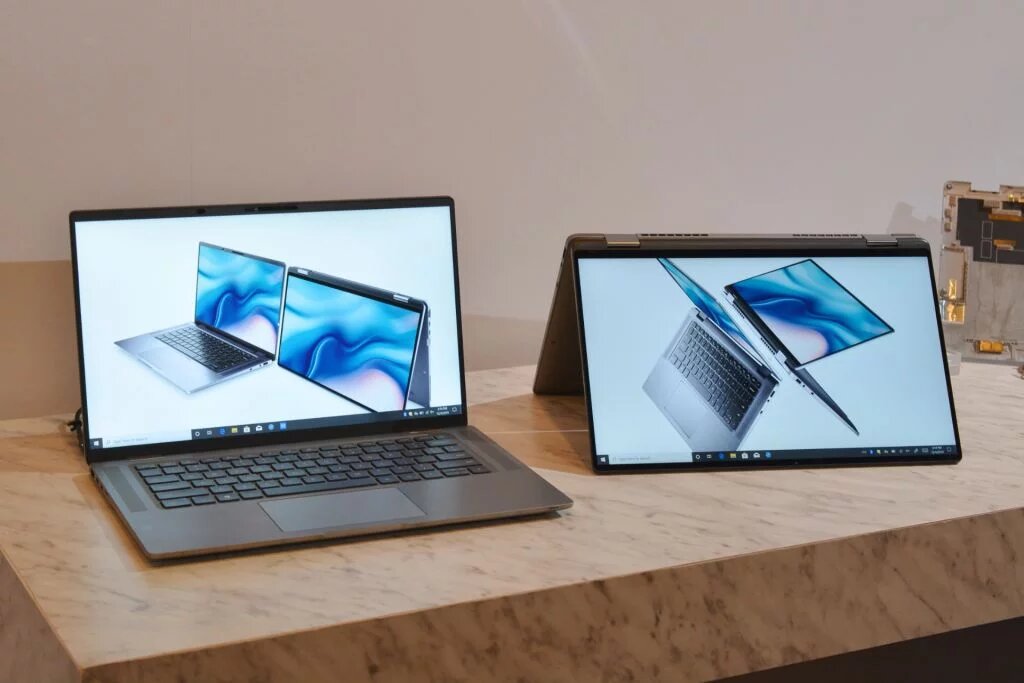CES 2020 has not started yet, but companies are already ahead of announcements to be made at the fair. The Dell presented on Thursday, 2nd, some new notebooks for the year that has just started, including an update of the XPS 13, which goes a little beyond the hardware, and a new Latitude with 5G modem.
Starting with Ultrabook, which is considered the best model in its class by many experts, the XPS 13 9300 changes little visually, but brings some new solutions that solve much of its predecessor’s problems. The screen now occupies a larger proportion of the device, and has a new 16:10 format in addition to 4K resolution.
In addition to reducing edges, the new aspect ratio of the display also increases the total space for content, something very welcome for those who surf the Internet a lot. The diagonal size has increased to 13.4 inches. At the top edge, Dell maintained a webcam and added a second infrared camera for Windows Hello. The fingerprint reader on the power button has not been removed, giving the user two unlocking options in XPS 13.
 New Dell XPS 13 has 16:10 screen and keyboard changes (Photo: Valentina Palladino / Ars Technica)
New Dell XPS 13 has 16:10 screen and keyboard changes (Photo: Valentina Palladino / Ars Technica)The keyboard has also changed, and should generate some controversy. Dell has tried to put a kind of intermediate model between the conventional keyboards and the design called MagLev, used in the 2 in 1 model, which requires a little more effort to register the touch, despite the travel of only 1 mm. The rubbers, however, are thinner and have a different shape than MagLev, so typing requires a bit more wearer while providing greater protection against accidental touches.
Another change is that the keys now occupy the entire device area from the right edge to the left, being slightly larger and more spaced. The overall typing experience should be more comfortable than last year’s model.
The interior has also been rethought to provide more stability while holding the notebook. In addition, slightly thicker aluminum frames should offer greater durability. The battery can last up to 19 hours for those who use Full HD+ resolution, and the device supports Wi-Fi 6. Finally, Dell kept the two classic color choices in the line: graffiti and white.
The notebook will hit gringos stores on January 7, with options that include the 10th generation Intel Core i3, i5 or i7, 4 GB, 8 GB, 16 GB or 32 GB of RAM and 256 GB of SSD storage. Only the most advanced model has 4K display support. All can come with Windows 10 Home or Pro or Ubuntu 18.04 installed (no fingerprint reader support in the latter). The price starts from $999 in the most basic version.
New Dell Latitude 9000

The US company also introduced two new models of the Latitude 9000 family, both with 5G connection support. Both are called Latitude 9510, and the difference is that one of the models is 2 in 1. These are models designed for greater portability, with embedded Snapdragon X55 modem, to connect to mobile networks.
The models feature a 10th generation Intel processor, 15-inch InfinityEdge Full HD display in a 14-inch chassis, 1.5kg lightweight body in 2-in-1 version – just 500 grams heavier than the other model. The battery can reach 30 hours of use according to Dell estimate.
These models are not yet priced, and are expected to arrive on the international market only at the end of March, specifically on the 26th.
Dell has not reported about launching any of the three models in Brazil, but we can expect at least Latitude to be available here.
Source: Ars Technica, Notebookcheck
